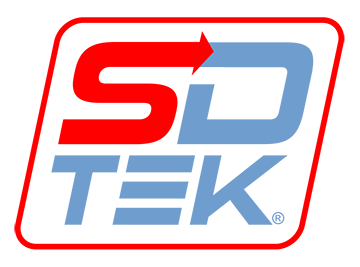Recent Cyber Security Breaches: eHealth (Canada), Altice (USA) and more
As a managed IT service provider it is important to us to make sure to stay in know about the latest cyber security breaches. Every few weeks we like to share our findings with you here on our blog. Please take a peek below to learn more about some of the most recent cyber attacks here and around the world.
Dundee College (United Kingdom)
Academic and research institution
The Hack: Ransomware
Quick Summary: “A ransomware attack disabled Dundee College’s entire IT infrastructure, canceling classes and requiring thousands of students to reset their account credentials. Currently, the outage has lasted more than a week, and it includes access to student records, educational material, and online learning portals. The event takes place at a critical time for the school, as they are conducting interviews for future students. In addition, the incredible recovery cost and reputational damage will facilitate a serious blowback to the college’s financial viability.”
Read More Here >> School’s out as ransomware attack downs IT systems at Scotland’s Dundee and Angus College
Metrix Consulting (Australia)
Strategic insight consultancy
The Hack: Phishing scam
Quick Summary: “A Metrix Consulting employee fell for a phishing scam that compromised the personal data for visitors of the Perth Mint. The data was provided by visitors who completed a survey that was stored on Metrix Consulting’s servers. This is the second data breach at Perth Mint in the past two years, and it could have significant implications for Matrix Consulting, as they may have a difficult time maintaining contracts if they can’t protect their customers’ data.”
Read More Here >> Perth Mint visitor data stolen after feedback survey company hacked
Altice (USA)
Cable and internet provider
The Hack: Phishing Attack
Quick Summary: “A phishing scam tricked an employee into providing hackers with email credentials that were used to access and download inbox content remotely. Although the breach was announced on February 5th, the phishing scam was executed in November 2019. It wasn’t discovered until December 2019, which raises questions about the company’s data security capabilities and notification strategy. As a result, Altice USA will have a difficult time restoring customer confidence, which will be critical to recovering from this preventable data breach.”
Read More Here >>
Data breach exposes Altice employee, Optimum customer information
St. Louis Community College (USA)
St. Louis Community College: Public academic institution
The Hack: Phishing Attack
Quick Summary: “Several employees fell for a phishing scam that compromised students’ personal information. The phishing scam, which took place on January 13th, happened just weeks before the school implemented two-factor authentication on January 31st. If this effective defensive measure was in place sooner, hackers would not have been able to access employee accounts, even after they provided their credentials on a phishing form. In response, the college is retraining employees who clicked on a phishing email, and they are updating their procedures to prevent a similar event in the future.”
eHealth (Canada)
Private online health insurance marketplace
The Hack: Ransomware
Quick Summary: “Risk to Small Business: 2 = Severe: An IT forensic investigation of a ransomware attack targeting eHealth found that patients’ personal health data could have been compromised in the event. The ransomware attack, which we reported in early January, was originally thought to be limited to traditional data encryption. However, investigators discovered that some files were sent to an IP address unaffiliated with the company. Initially, the company announced that patient data was secure, making their latest announcement a troubling addendum to an already disastrous situation.”
Read More Here >> eHealth discovers Sask. files sent to suspicious IP addresses in Europe
University of Maastricht (Netherlands)
Public academic institution
The Hack: Ransomware
Quick Summary: “The University of Maastricht paid a $220,000 ransom to unlock their email and network servers that had been encrypted since December 24th. Ultimately, university officials decided that paying the ransom would be more affordable than other alternatives, which included replacing the school’s entire IT system from scratch. Noting the deep damages to the school’s academic records, scientific work, and other data, authorities concluded that paying the significant sum was the only viable recovery option.”
Read More Here >> University of Maastricht says it paid hackers 200,000-euro ransom
To learn more about how to keep your company safe and secure, click here to explore our San Diego IT Services & IT Security plans that are offered by SDTEK.
The post Recent Cyber Security Breaches: eHealth (Canada), Altice (USA) and more appeared first on SDTEK | San Diego, CA.



